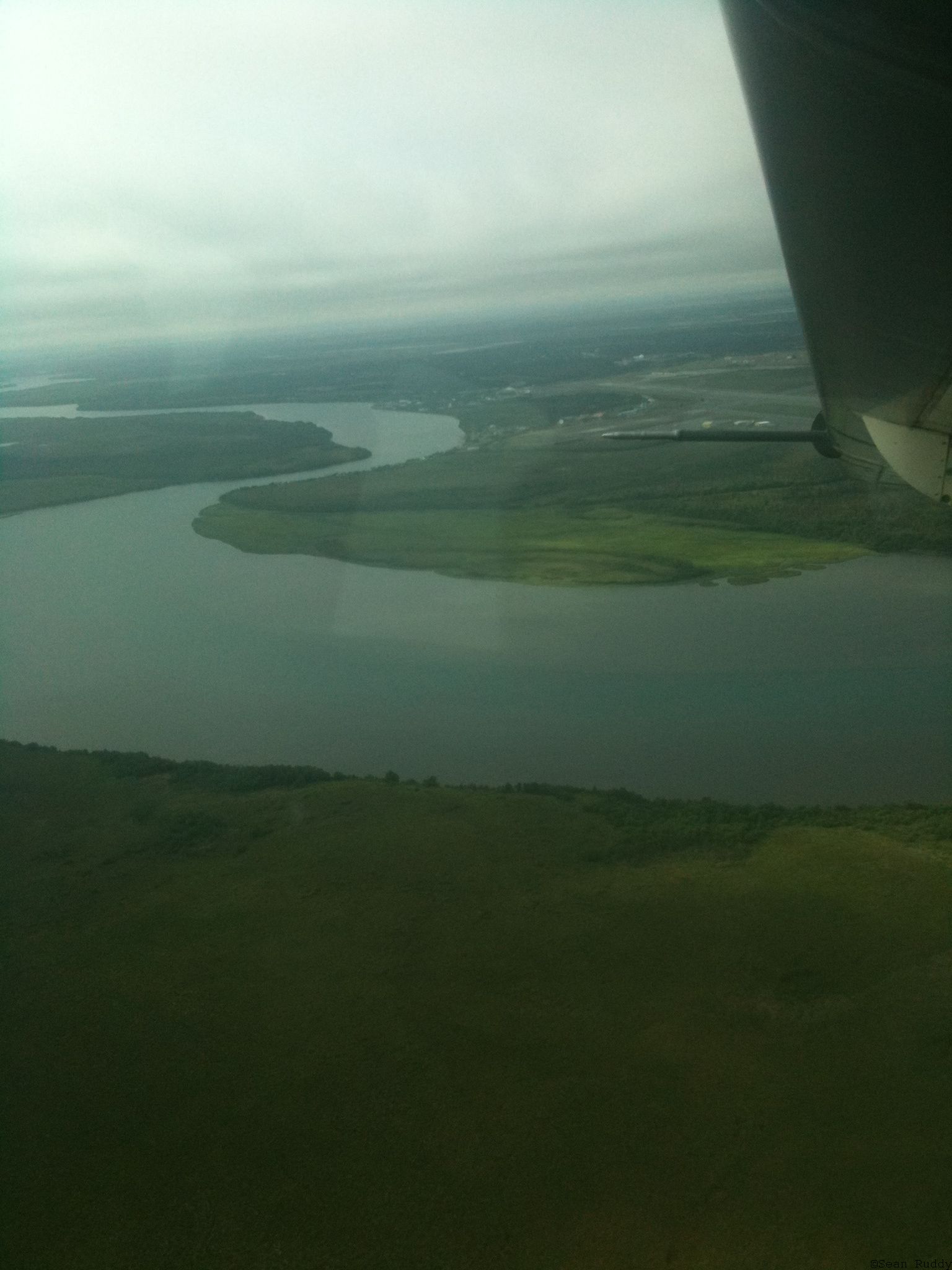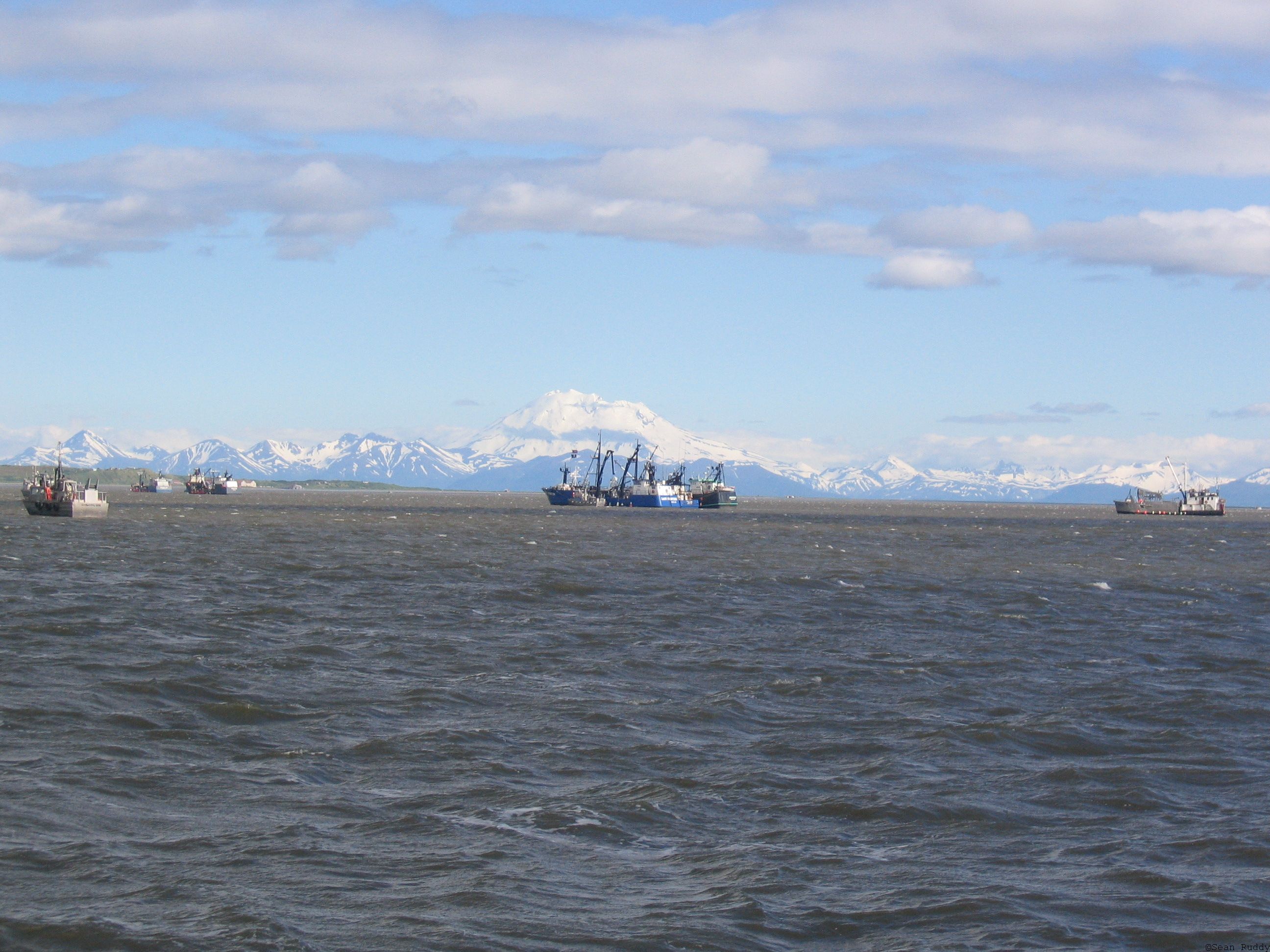Fishing in 1990 I scored some cash after my first few long line fishing trips out of Homer. And now I wanted to go salmon fishing. I had offers to go out west on a long-liner but I really wanted to go for the good summer job. Salmon jobs were the hard to get fishing gigs at the time.
Both of the boats I had fished on in Homer, the Trina and the Bonanza already had their salmon crew. Things today have changed a lot since rationalization in 1995. Halibut and sablefish (black cod) have since been “rationalized” into individual fishing quota (IFQ) instead of free for all catch what you can in a limited time. Before the IFQ’s were in place the limited time meant lots of lives, gear, fish and boats wasted as the fleet was forced to go full tilt into whatever conditions Alaska would throw at them to grab as much as fish possible.
So I got on the phone and started calling fishermen friends around the state. Kimett and I had taught skiing at Challenge Alaska, A ski school for people with disabilities in Girdwood. He lined me out on where to go next.
“… get on a plane to King Salmon. Hitch a ride out to Naknek to the Lummi and Leader Creek boatyards. Camp out with the bears in the woods up the hill from the boats and start walking the docks.”
Kimmet gave me a list of boats and names of people to look up. Off I went in a turbo prop to King Salmon and walked out to the highway with all my gear.
Soon a little pickup stopped to pick me up. I tossed my bags in the bed and hopped into the passenger seat. The kind man who pulled over was one of the best Alaskans ever, Governor Jay Hammond (RIP) the former Governor was driving a small beat-up pickup on his way back to Naknek. He had actually met me before. Governor Hammond and my parents got to know each other back in his political days living in Juneau. My mom would later give the eulogy at his funeral. Alaska is unbelievably big but still a small town. Governor Hammond had lots of questions for me about my family and what I was doing out there. I told him of my plans. He dropped me off at the boat yard and wished me luck. He did later introduce me to some skippers over coffee though that was not how I scored my first salmon job.
I spent my days walking around and asking if anyone needed crew. Walking the docks in Bristol Bay consisted more of walking around dusty boatyards and canneries. There are no real floating docks in Naknek as it is a river mouth with mostly mud flats and big tides. Sometimes as many as 20 boats will raft up together, tied side to side with the inside boat tied to a dock and outside boats anchored to hold the long raft against the flow of the water. I spent my evenings at the local watering holes in hopes of making connections and landing a job.
 This two pronged approach finally worked for me. I had met the crew and skipper from the Excalibur while walking on their deck and luckily they remembered me latter when they saw me at the bar. Mel was the skipper and his brother’s bad luck was my good fortune. This is usually how you find a job when walking the docks. Someone gets fired, hurt or has an emergency and has to go home. Mel’s brother wife was sick. They needed a deckhand. Unlike some of the other guy’s looking for a job, I was not a greenhorn. I negotiated my share right at the bar of the Red Dog Saloon.
This two pronged approach finally worked for me. I had met the crew and skipper from the Excalibur while walking on their deck and luckily they remembered me latter when they saw me at the bar. Mel was the skipper and his brother’s bad luck was my good fortune. This is usually how you find a job when walking the docks. Someone gets fired, hurt or has an emergency and has to go home. Mel’s brother wife was sick. They needed a deckhand. Unlike some of the other guy’s looking for a job, I was not a greenhorn. I negotiated my share right at the bar of the Red Dog Saloon.
Two weeks of sleep deprivation, cowboy fishing and I had $10,000 cash. Exciting because I had never seen so much cash… and it was mine. Terrifying because there were no bank where I could deposit it. At this point though I was officially hooked on fishing.
I was lucky enough to fish in more than a dozen fisheries over the years. Fishing allowed me to make a living while being on the water and see parts of Alaska that I would not otherwise.
Along with Bristol Bay and Homer I fished Prince William Sound and the South East Panhandle. I later finished up my degree at the University of Washington, got a desk job and rode the tech boom in Seattle. I still fish when I can and have the oyster farm too keep me on the water.



















